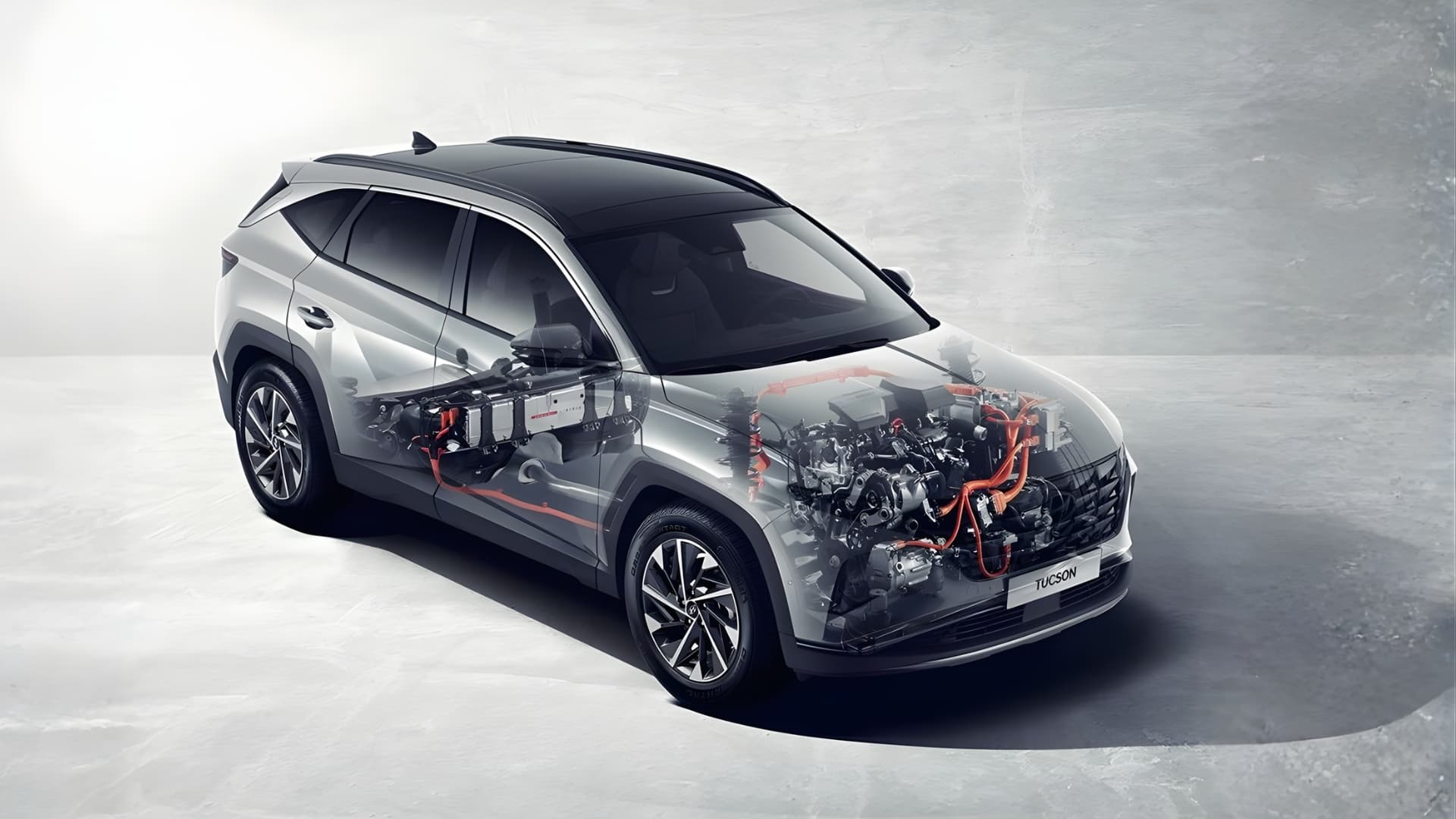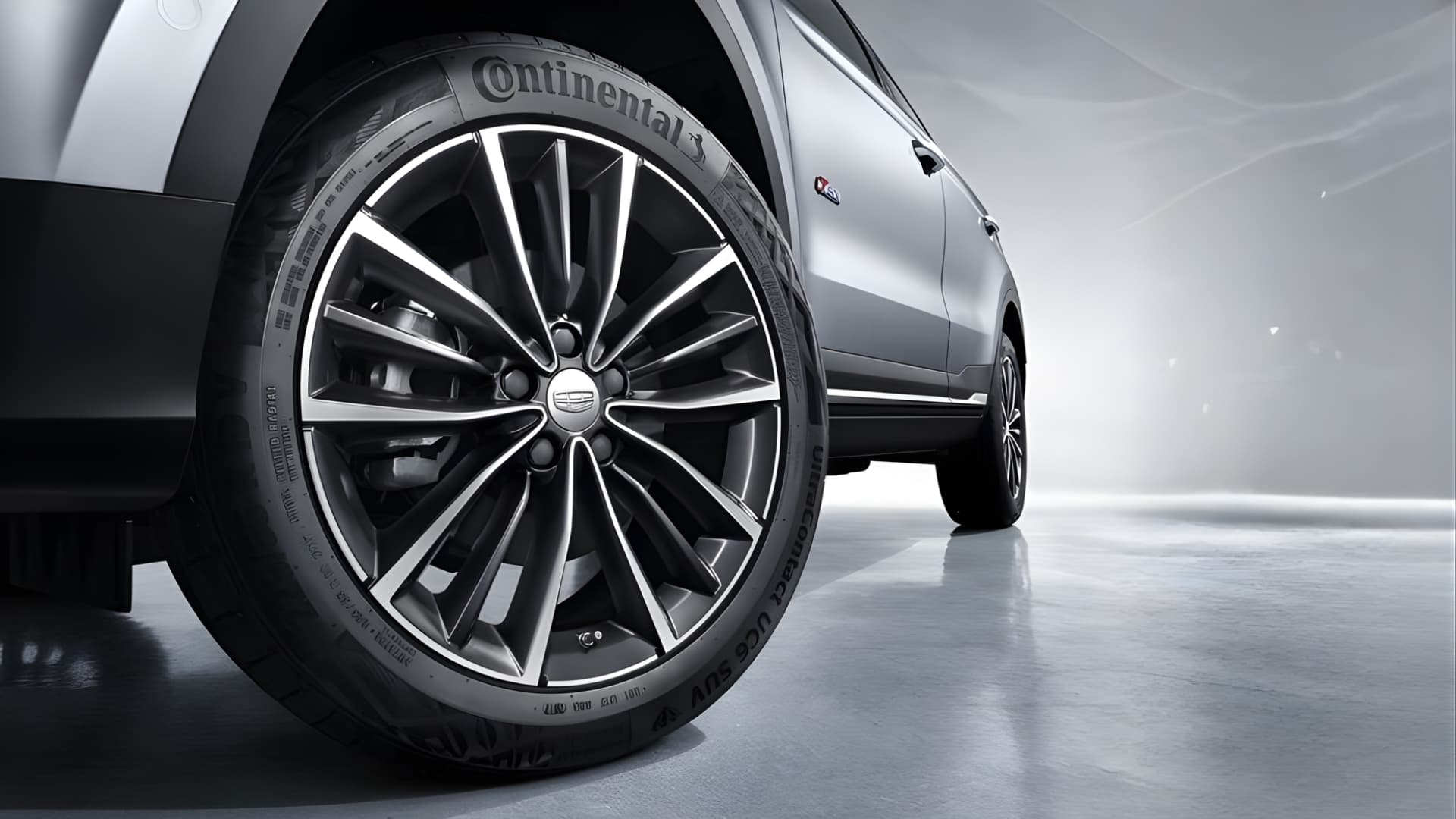
Learning to drive a car for the first time can be extremely terrifying. Teaching someone to drive for the first time can be just as daunting.
We have put together a list to help with learning the car basics, setting up to drive, how the car works, skills and tips for the teacher.
Learning the car basics
Every car is different but before jumping behind the wheel, take a walk around and make yourself familiar with what parts of the car are what. If you are unsure what something is, don’t be afraid to ask your teacher. No question is too stupid when it comes to driving.
Walk around the exterior and discuss each part and what the purpose is, including the windscreen, lights, indicators, tyres, mirrors and bonnet.
Next is the interior. Familiarise yourself with the pedals, steering wheel (indicators, headlights, windscreen wipers & horn), dashboard, central locking, window controls, operation of seats and interior lights.
Setting Up To Drive
Once you have a basic idea of all the parts, it is then time to set yourself up.
Start off by adjusting the seating position so that you can comfortably see the road ahead and the dashboard in front of you. Once you are in a comfortable driving position, it is time to set up your side and rear-view mirrors. The middle of the side mirror should be in line with the horizon and pushed outwards so you only see the edge of your vehicle. This will ensure you have a good view of your side surroundings. The rear-view mirror needs to show as much of the back window and as little of the interior as possible.
Setting Up To Drive How The Cars Works
When setting yourself up to drive, it is also a good chance to learn how to use the parts you familiarised yourself with earlier.
Practice using the headlights, wipers, indicators and checking your blind spots. Know where and how to use your hazard lights in case of an emergency. Understand what each of the gauges on the dashboard mean (fuel, speedometre, temperature, rev-counter, odometre and tripmetres). Know what each ignition key position is, even if your vehicle has keyless start.
Driving Skills
You are now set up correctly and have practiced using the basic features of the vehicle. It’s time to learn control skills.
These are the skills that are needed to drive a car safely and effectively. Get into the habit of looking well ahead of your vehicle. Learn to read the traffic in front and predict what is likely to happen, then react ahead of time.
U-turns, roundabouts, 3-point turns, T-junctions, parking and hill starts are extremely important skills to become proficient in when learning to drive.
Tips For The Teacher
Teaching a learner to drive can be a very difficult process but you have to remember that it was once you in the same position. Making a good first impression on the learner will ensure they will maintain the same positive attitude each time they jump behind the wheel.
Break down your instructions. It is much easier to learn a difficult task when it has been broken down into smaller, simpler tasks.
Do not judge. The learner is bound to make mistakes and one thing that puts them off the most is when they are judged for those mistakes. Instead, explain how they can do it better next time. If the learner is consistently braking too hard, take them to an empty carpark where they can run a few laps and practice braking smoother.
Be clear. Remain calm and give clear instructions ahead of time to avoid last-minute mistakes.
Pick the right time to take the learner out to drive. Rainfall and the madness of rush hour is not ideal. To build the basic acceleration, stopping and turning skills, it is best to aim for more highly trafficked areas.




